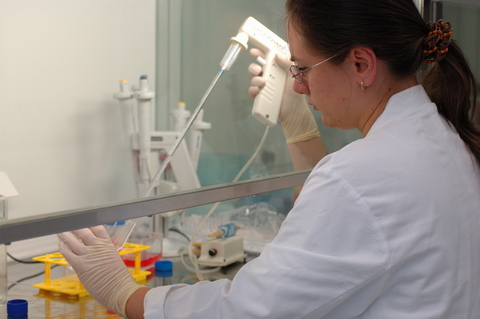Pinpointing genetic risk factors

A major international study has pinpointed more than a hundred genetic risk factors that explain why some people suffer from asthma, hay fever and eczema.
The University of Bristol reports that the study was led by a team of scientists, including Dr Manuel Ferreira from QIMR Berghofer Medical Research Institute, Brisbane and Dr Lavinia Paternoster, MRC Integrative Epidemiology Unit, University of Bristol. It has been published in Nature Genetics.
Manuel Ferreira said this was the first study designed specifically to find genetic risk factors that are shared among the three most common allergic conditions. He said “Asthma, hay fever and eczema are allergic diseases that affect different parts of the body: the lungs, the nose and the skin. We already knew that they were similar at many levels. For example, we knew that the three diseases shared many genetic risk factors. What we didn’t know was exactly where in the genome those shared genetic risk factors were located. This is important to know because it tells us which specific genes, when not working properly, cause allergic conditions. This knowledge helps us understand why allergies develop in the first place and, potentially, gives us new clues on how they could be prevented or treated. We analysed the genomes of 360,838 people and pinpointed 136 separate positions in the genome that are risk factors for developing these conditions. If you are unlucky and inherit these genetic risk factors from your parents, it will predispose you to all three allergic conditions.”
Senior author, Lavinia Paternoster, said “This study has been a huge international effort, bringing together scientists and data from around the world, including the Children of the 90s study based in Bristol. It’s really exciting that we have been able to find so many genetic variants that influence these diseases which affect so many people. Some of the genes implicated in our study already have drugs available that can target them. So these drugs (currently used for other conditions) may be effective in treating allergic conditions. The next step is to test these in the laboratory.”
The study involved collaborators from Australia, Germany, the Netherlands, Norway, Sweden, the UK and the US.








